ARTICLE AD BOX

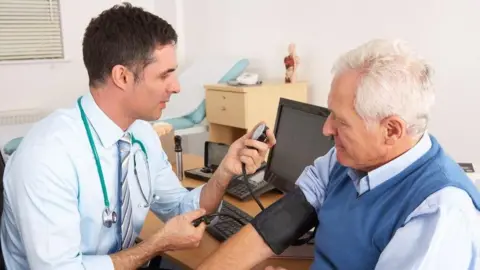 Getty Images
Getty Images
Shortages of doctors mean the average GP in England has to care for 17% more patients than nine years ago, a BBC analysis shows.
It means for every permanent GP there are more than 2,300 patients - a jump of nearly 350 since 2015, helping explain why access to general practice has been worsening and patient satisfaction declining.
The analysis of NHS data also shows the areas struggling the most have list sizes exceeding 3,000 patients, nearly double those with the most doctors. Experts said the variation was "unwarranted" and put patients' health at risk.
The government said it was developing plans to train more doctors and relieve some of the pressure by giving pharmacists more responsibilities.

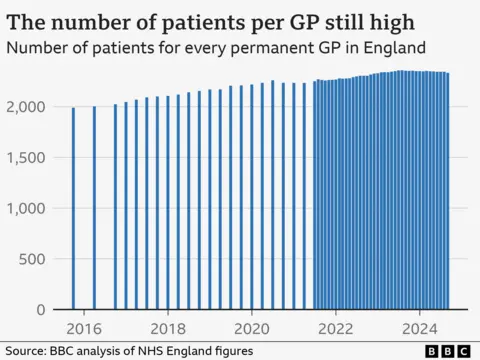
The analysis looked at the number of permanent GPs, excluding locums and trainees.
The areas with the most patients per GP were:
- Thurrock - 3,431
- Leicester - 3,262
- Blackburn with Darwen - 3,218
- Luton and Milton Keynes - 3,033
- Portsmouth - 3,010
This compared with Wirral and Stockport, which both have fewer than 1,850.
At its annual conference, beginning on Thursday, Royal College of GPs leaders are expected to highlight how access to GPs has declined the most in poor areas.
Prof Kamila Hawthorne, who chairs the RCGP, is expected to tell the conference GP shortages are having a "devastating" impact on the health of local populations and the rise in the number of patients per GP has become unmanageable.

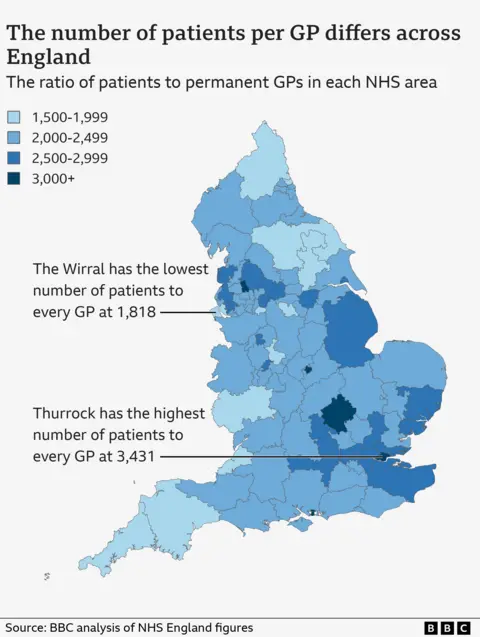
There could be valid reasons why the numbers vary - some areas have greater levels of ill health.
But Becks Fisher, of the Nuffield Trust think tank, said the variation was "significant and unwarranted".
"Although many people are struggling to get appointments, those struggles aren't felt equally," she said, adding funding should be better targeted to support the areas with the worst shortages.
Chief executive of patient watchdog Healthwatch England Louise Ansari said: “Difficulty accessing GP appointments is the number-one issue people share with us.
"And it’s often unpaid carers, disabled people, people on lower incomes and those whose first language isn’t English that face the biggest challenges."

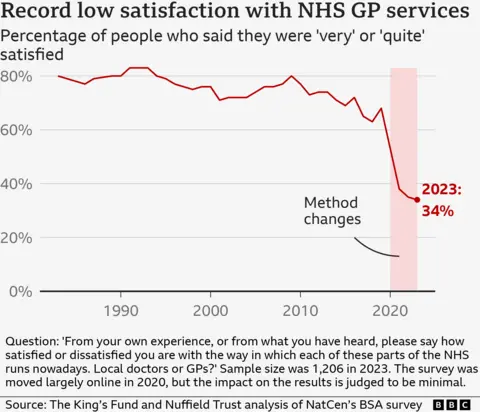
Satisfaction rates with GP services have plummeted to their lowest level on record and latest figures show one in six patients waiting more than two weeks for an appointment.
Less than 10% of the NHS budget is spent on GP services and British Medical Association members launched a "work-to-rule", including capping patient appointments, in the summer, over what the union says is a lack of funding.
BMA GP leader Dr Katie Bramall-Stainer said: "These stats demonstrate how GP practices have been expected to keep doing more for less. General practice is collapsing.”
NHS England said: "We recognise that too many people struggle to get an appointment as quickly as they would like, and in some parts of the country surgeries are struggling to recruit the staff they need."
Overall, the numbers of patients per GP have fallen slightly compared with last year, after an uptick in recruitment.
But despite a growing and ageing population, the number of permanent GPs, excluding locums and trainees, is just over 1,000 lower now, at 27,193 full-time equivalents, than in 2015.
The numbers in training, though, have increased and Labour has promised to boost that further, while getting pharmacists to do more to treat minor health problems, to ease some of the pressure on GPs - they are already taking on responsibility for ailments such as sore throats, shingles and some urinary tract infections.
GPs have also been given money to take on extra staff, including nurses and physiotherapists.
A spokesperson for the Department of Health and Social Care said the new government had also cut red tape to make it easier to recruit doctors.
“This government is determined to work with the NHS to fix the front door of our health service and ensure everyone can access GP services," she added.

 8 months ago
34
8 months ago
34
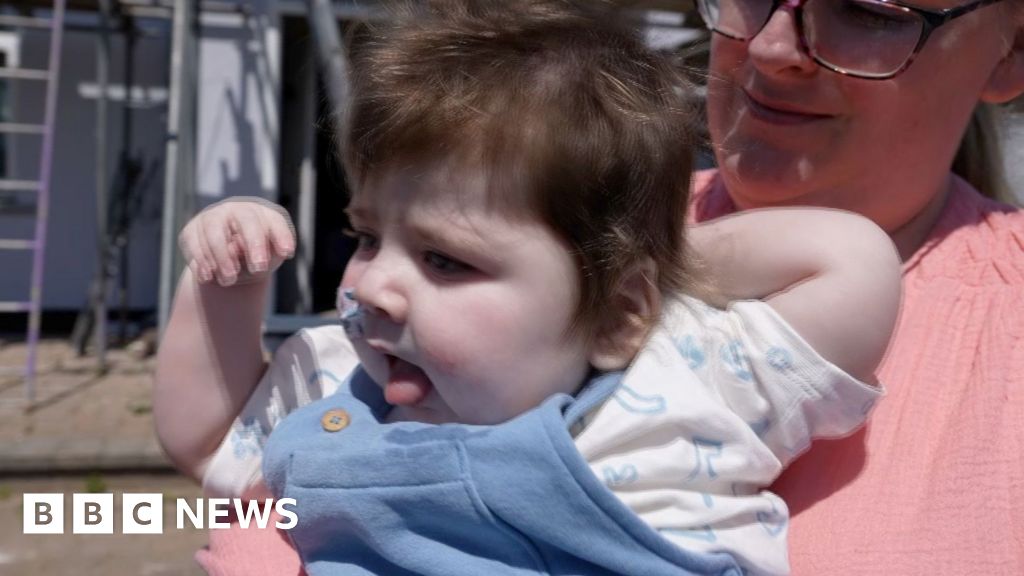

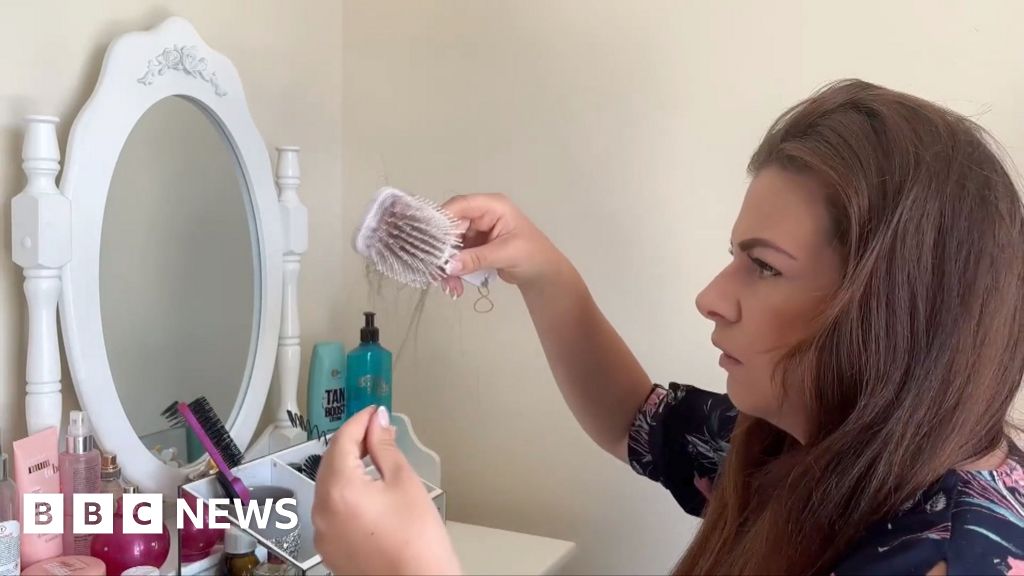





 English (US) ·
English (US) ·